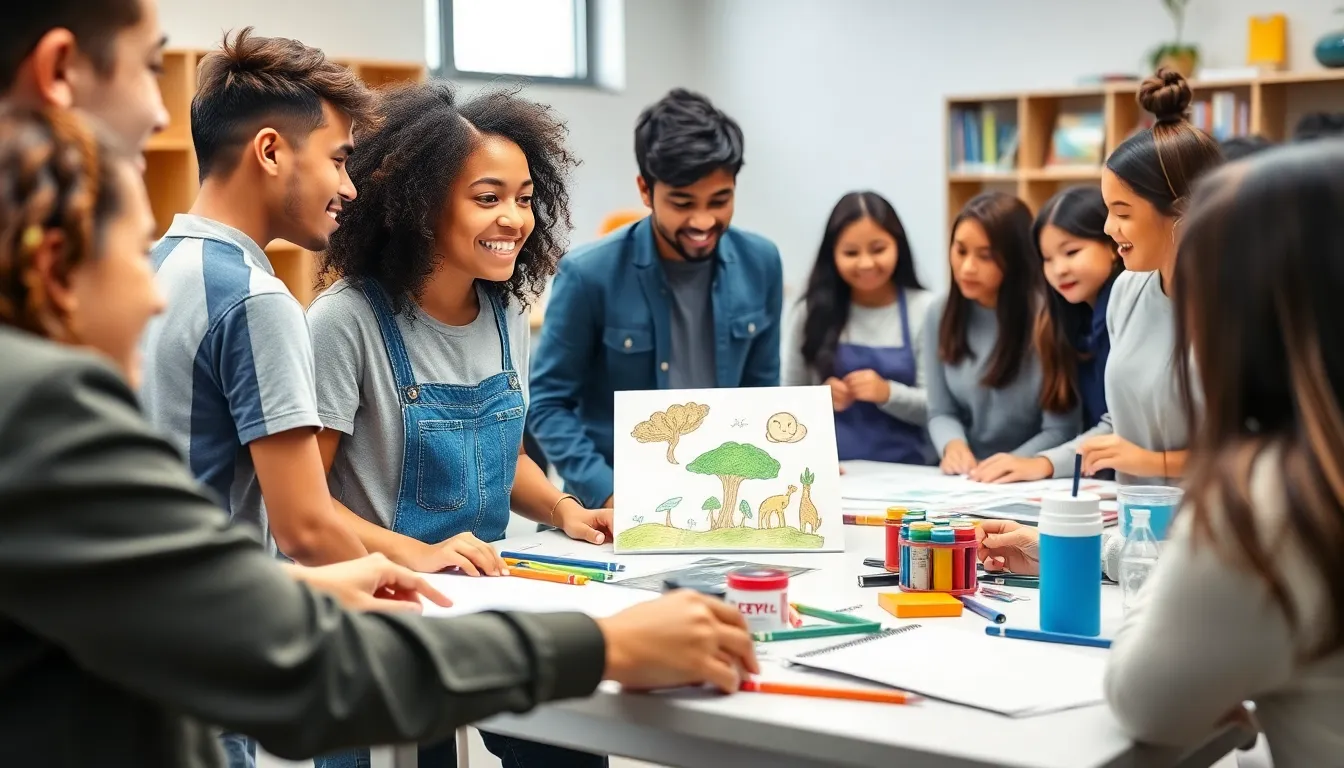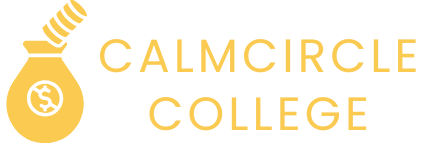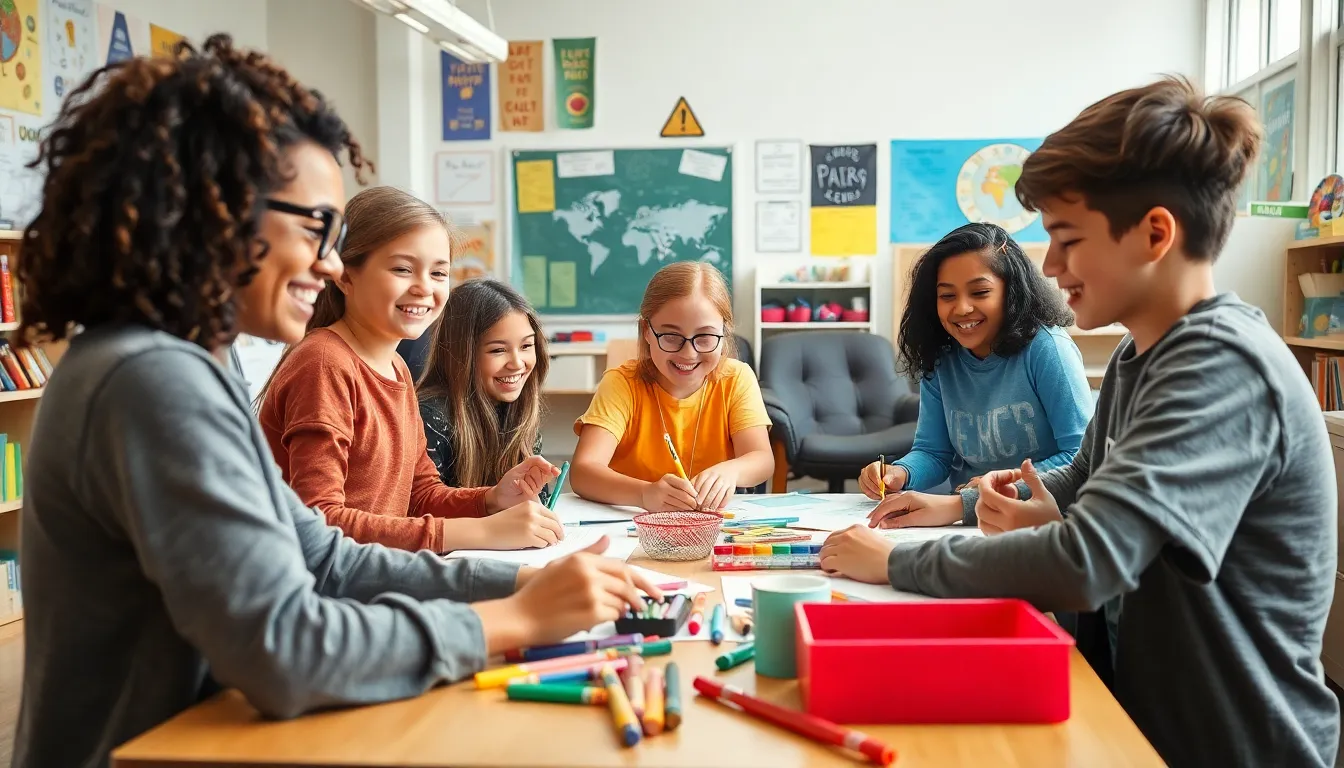In a world where traditional classrooms can feel like a never-ending cycle of lectures and tests, alternative education schools are shaking things up. Picture a place where creativity thrives, learning is hands-on, and students actually enjoy their time in school. These innovative institutions are designed to cater to diverse learning styles, ensuring that every student finds their unique path to success.
Table of Contents
ToggleOverview of Alternative Education Schools
Alternative education schools emphasize personalized learning tailored to individual needs. These institutions often employ diverse teaching methodologies that facilitate critical thinking and problem-solving. Experiential learning takes precedence, allowing students to engage with real-world scenarios and projects that enhance understanding.
Many alternative education settings utilize non-traditional curricula that prioritize creativity over rote memorization. Students often participate in collaborative projects that foster teamwork and communication skills. Flexible schedules enable learners to pursue interests beyond academics, broadening their educational experience.
Types of alternative education schools include Montessori, Waldorf, and democratic schools, each reflecting distinct philosophies. Montessori schools focus on self-directed learning, while Waldorf education emphasizes arts integration. Democratic schools encourage student governance, giving learners a voice in decision-making processes.
In addition to these models, some alternative education schools cater specifically to at-risk populations. By offering support services and mentorship, they address challenges that hinder academic success. These institutions aim to cultivate resilience and adaptability, equipping students with essential life skills.
Alternative education schools serve to create inclusive environments where all students can thrive. By integrating social-emotional learning into their programs, they promote mental wellness and interpersonal development. This holistic approach recognizes that education extends beyond academic achievement, fostering well-rounded individuals prepared for future challenges.
These schools also often adopt smaller class sizes, enhancing the teacher-student relationship. Personalized attention allows educators to identify individual learning styles and motivate students effectively. As a result, alternative education schools hold tremendous potential to transform the learning landscape for many.
Benefits of Alternative Education Schools

Alternative education schools offer unique advantages that cater to diverse learning needs and foster a positive educational environment. These institutions prioritize individualized approaches that set them apart from traditional settings.
Personalized Learning Experience
Personalized learning experience allows students to engage at their own pace. Educators assess each student’s strengths and weaknesses, tailoring lessons accordingly. This customization fosters a deeper understanding of subjects, enhancing retention and application of knowledge. Moreover, students often select projects that resonate with their interests, making learning more relevant. As a result, enhanced motivation and engagement lead to improved academic outcomes. Alternative education schools invite students to take control of their learning journeys, fostering independence and self-direction.
Flexible Curriculum
Flexible curriculum adapts to the interests and needs of students. Unlike rigid public school systems, alternative education often embraces interdisciplinary approaches. This flexibility means that students can explore various subjects through hands-on projects, field studies, and collaborations. By encouraging exploration, these schools cultivate critical thinking and creativity. Students might engage in community service or real-world problem-solving that aligns with their passions. Such a curriculum helps learners connect academic concepts to everyday life, ensuring education remains engaging and meaningful. Overall, this adaptive framework prepares students for future challenges, reinforcing their ability to navigate diverse situations effectively.
Types of Alternative Education Schools
Alternative education schools offer various approaches to teaching and learning, catering to diverse student needs and philosophies. These schools prioritize individualized learning experiences, making education engaging and relevant.
Montessori Schools
Montessori schools emphasize self-directed learning. Students choose activities that align with their interests, fostering independence. Teachers act as guides, offering support rather than direct instruction. Emphasis on hands-on learning allows learners to explore concepts through practical application. Classrooms feature mixed-age groups, promoting mentorship among peers. This structure nurtures collaboration and social skills. Assessment focuses on individual progress instead of standardized tests.
Waldorf Schools
Waldorf schools integrate arts within the curriculum. They believe that nurturing creativity enhances learning across subjects. Storytelling, music, and visual arts play significant roles in student engagement. These schools encourage a holistic approach, addressing emotional and social development. Teachers often remain with the same class for multiple years, fostering strong relationships. This continuity creates a supportive learning environment. Students engage in hands-on activities that connect them to the world around them.
Charter Schools
Charter schools operate with more flexibility than traditional public schools. These schools develop unique curricula tailored to specific student populations. High levels of parental involvement often contribute to student success. Accountability measures ensure these schools meet educational standards. Various charter schools focus on themes like STEM, arts, or language immersion. This diversity allows families to choose options that fit their children’s needs. Teachers in charter schools often utilize innovative teaching methods that promote critical thinking.
Challenges Facing Alternative Education Schools
Alternative education schools encounter various challenges impacting their effectiveness. These hurdles can limit their ability to provide the tailored learning experiences they strive for.
Funding and Resources
Funding poses a significant challenge for alternative education schools. Many rely on public grants and private donations, though these sources often fluctuate. Limited funding restricts access to necessary resources, including teaching materials and facilities. Teachers regularly face budget constraints hindering innovative programs and extracurricular activities. Access to technology becomes inconsistent, affecting the implementation of modern learning strategies. Without stable financial support, schools struggle to maintain their unique curricula. Additionally, limited resources can impact student services, including counseling and mentorship programs, necessary for at-risk populations. Schools that prioritize holistic development often feel the strain of financial instability.
Public Perception
Public perception significantly influences the viability of alternative education schools. Many individuals harbor misconceptions about these institutions, viewing them as less rigorous than conventional schools. Misunderstandings can lead to a lack of acceptance and support from local communities. Parents may hesitate to enroll their children, fearing they might not receive adequate preparation for traditional academic paths. Alternative education models frequently face scrutiny regarding their effectiveness in achieving academic standards. Schools emphasizing creativity and experiential learning sometimes struggle to gain recognition as valid educational options. These perceptions can hinder enrollment and limit growth opportunities, ultimately impacting the resources available for student support and development.
Alternative education schools represent a transformative approach to learning that prioritizes individual growth and creativity. By embracing diverse methodologies and personalized learning experiences, these institutions cater to the unique needs of each student. They foster an environment where critical thinking and problem-solving thrive, preparing students for future challenges.
Despite facing obstacles like funding and public perception, the benefits of alternative education schools are undeniable. They not only enhance academic outcomes but also promote social-emotional development, equipping students with essential life skills. As they continue to evolve, alternative education schools have the potential to reshape the educational landscape and provide meaningful opportunities for all learners.




